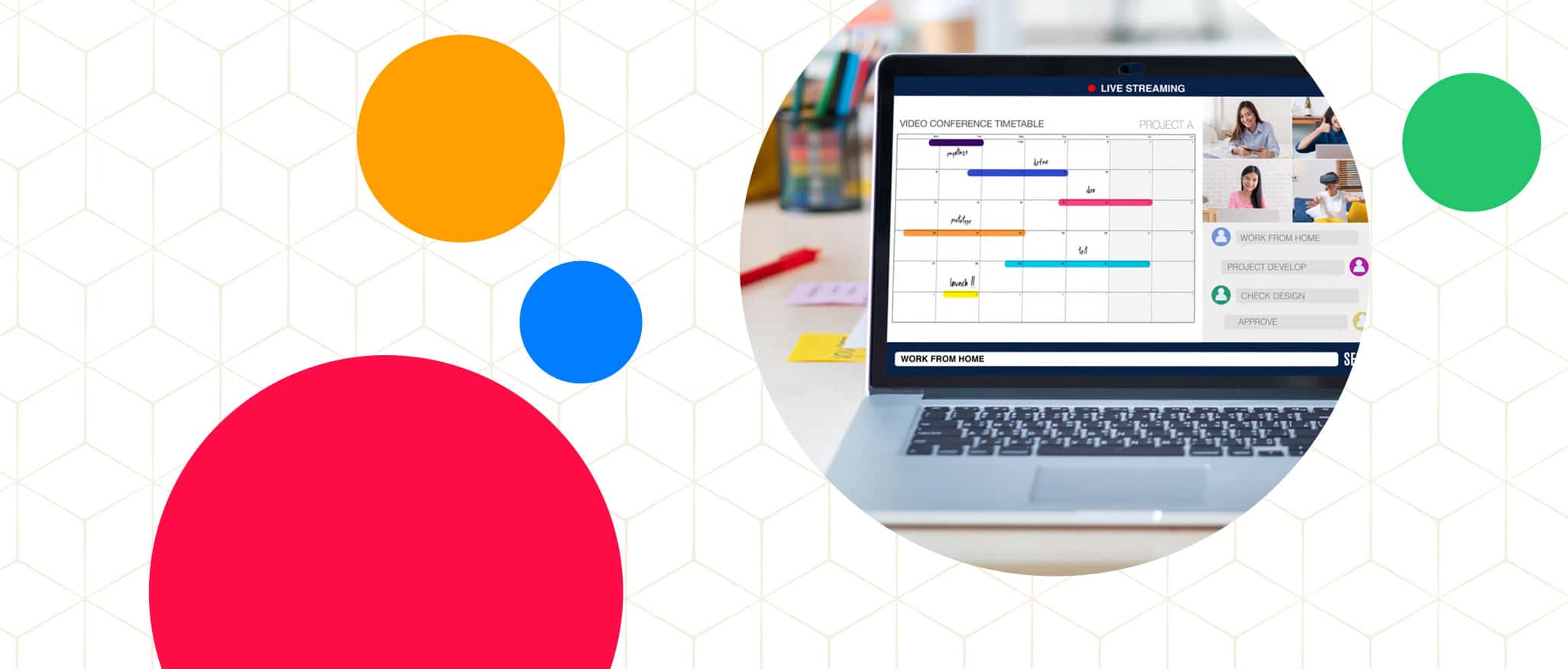Artificial Intelligence (AI) and Machine Learning (ML) are among the most discussed concepts in all industries, from e-commerce to healthcare. The education sector may be somewhat slow to catch up with some of the latest technologies. However, the benefits of AI in education drive many schools to rethink their approaches.
The ability to delegate manual tasks to a program can change a variety of processes that take place in schools for both students and the faculty. AI can help optimize both learning and teaching tasks, helping different parts of the education sector evolve into a new form.
What AI can do for the education sector.
The way people teach and learn is constantly changing. Here is how AI is helping us do it.
- Personalization: creating personalized learning programs for students based on their learning experience and knowledge.
- Automation: automating a variety of manual processes for teachers to leave more time to focus on their core competencies.
- Universal access: making classrooms available to students around the world, including those who speak different languages or have hearing or vision problems.
- Tutoring: assisting students with homework and test preparations without involving the faculty.
- Interaction: providing students quick answers to their questions using existing knowledge bases and without involving the faculty.
While many aspects of AI in the education sector are still theoretical, some of them are already working in full force, helping students and teachers all over the world streamline the education process.
Benefits of AI for students.
The key goal of a student is to absorb as much useful information as possible in as little time as possible to get a degree (or diploma) and join the workforce (or go on to higher education levels).
AI can help improve the education process for a student by:
- Providing access to the right courses
- Improving communications with the teachers
- Freeing up more time to focus on other aspects of life.
Here is how.
Personalization.
AI-based solutions can adapt to students’ level of education, speed of learning, and current educational goals. The system can help students discover the best courses for their needs. AI-powered apps can analyze students’ previous learning histories, identify weak sides, and offer courses based on this information.
Tutoring.
Many students require extra help outside the classroom. Be it homework assistance or test preparation, it can be tough to find teachers who have enough free time to cater to these needs.
AI tutors and chatbots can do an excellent job helping students deal with various aspects of learning outside the classroom. While they can’t replace teachers, AI tools can help students work on their weak spots.
Quick responses.
Throughout the education process, students have a variety of questions. While some of them are highly specific and require a professor’s attention, many of these questions are common and generic. Faculty gets showered with questions daily, making it hard for students to gain access to the necessary information.
Artificial intelligence can help students find answers to their questions within seconds. They don’t need to waste time trying to contact faculty members or feel embarrassed about asking questions in front of their peers.
AI-powered apps with access to a knowledge base and questions history can become an excellent 24/7 resource.
Universal 24/7 access to learning.
Artificial intelligence makes it possible for students to learn at any time and from anywhere. Since each student has their own pace, 24/7 access makes it easier to find the time to learn while mastering the main aspects of time management.
Additionally, students from all over the world gain access to high-quality education without incurring traveling and living expenses.
Benefits of AI for faculty.
The key issue teachers and faculty struggle with is the lack of time. Some of them want to focus more on research while others would like more time for some tête-à-tête work with students.
AI can help by:
- Automating a variety of tasks
- Analyzing students’ performance
- Bringing education gaps to teachers’ attention
Here is how:
Personalization.
An AI-powered program can analyze the students’ learning abilities and history to give teachers an excellent picture of which weak sides need addressing. Such an analysis allows teachers to create the best learning program for each student.
Meanwhile, by collecting and analyzing data related to students’ weak sides, teachers or professors can adjust their courses to address the most common knowledge gaps in advance.
Task automation.
Teachers and professors are overwhelmed by administrative tasks. They have to grade papers and tests, assess each student’s learning patterns, reply to generic questions, and much more.
Grading.
Today, it’s possible to delegate multiple-choice test grading to a program. In the near future, AI-powered apps will analyze written responses as well.
Answering questions.
AI-powered chatbots with access to the school’s knowledge base can help students answer a variety of generic and repetitive questions without involving the faculty.
Apps that employ AI and ML can learn from each teachers’ experience to automate a variety of tasks, freeing up more time for important aspects of teaching.
Analysis.
While AI-powered apps help teachers automate tasks, they also collect data for further analysis.
For example, during the grading process, the program analyzes each test to provide teachers with valuable feedback about students’ academic progress and knowledge.
These programs can help teachers understand what areas need their additional attention for both the entire class and each student individually.
Reaping the benefits of AI in education with Capacity.
At Capacity, we know the importance of implementing various aspects of AI in the education process.
Our AI-powered solution makes your institution’s intelligence available through a simple chat interface, giving students, faculty, and staff instant access to the information they need.


